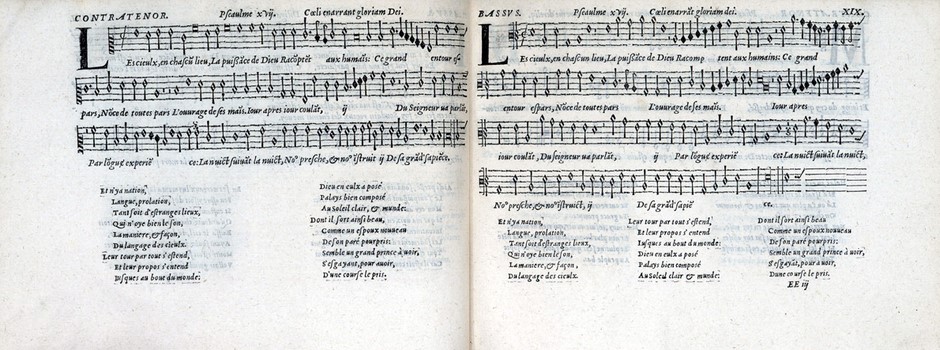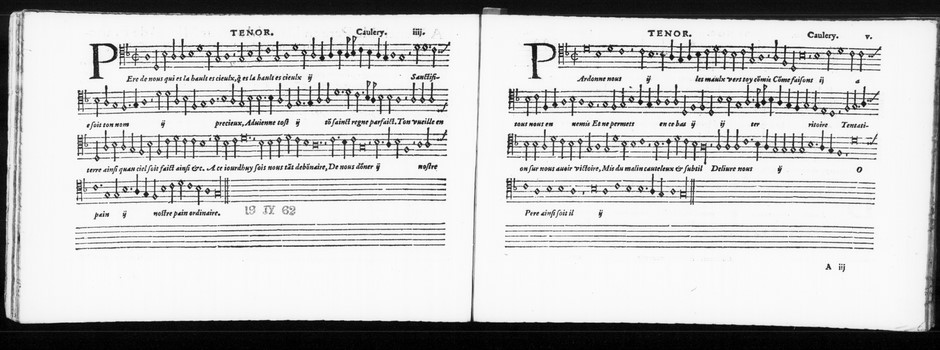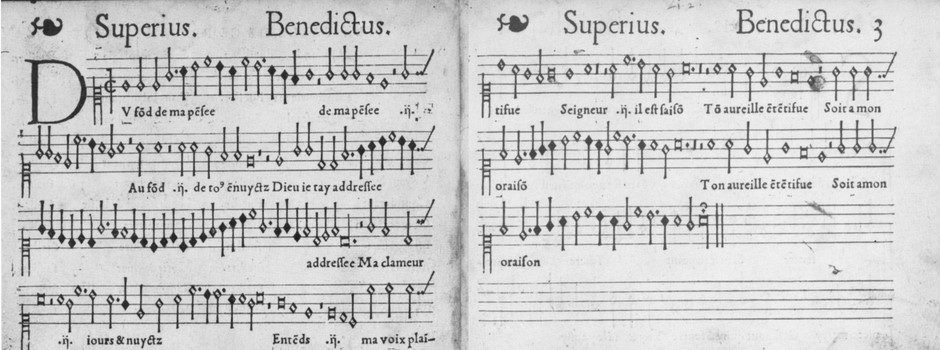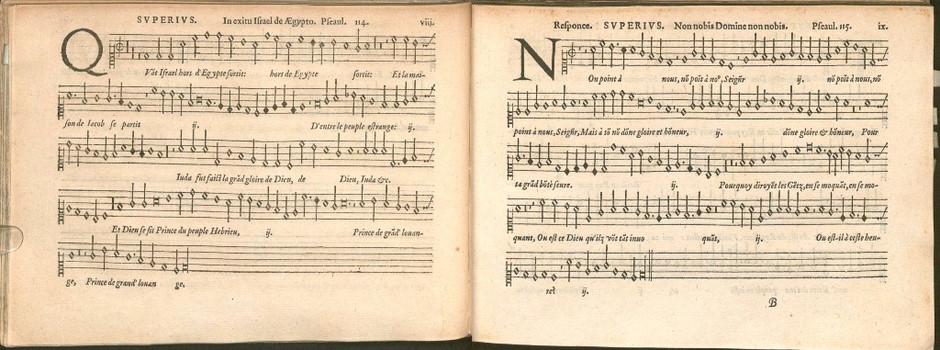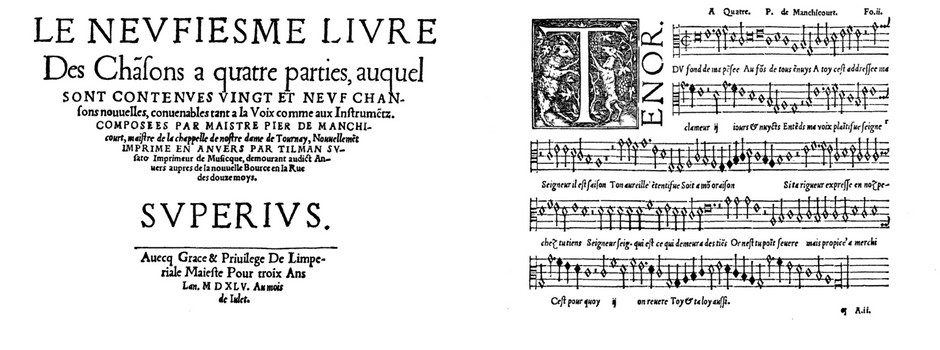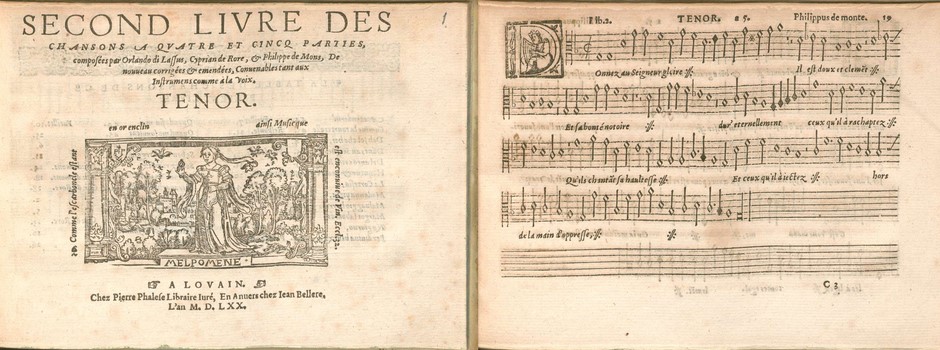Biographical note
Benedictus Appenzeller
[source: Grove's, Eric Jas]
(b ca. 1480–88; d after 1558). South Netherlandish composer and singer.
The earliest known archival documents mention him in 1518 as a singer and in 1519 as the choirmaster at St Jacob in Bruges. After 1519, contemporary publications by Attaingnant and Moderne are the only source of evidence of his activity until February 1536, when he became a singer in Mary of Hungary's chapel choir in Brussels.
Soon afterwards, in October 1537, he succeeded Jehan Gossins (who had died earlier that year) as master of the choirboys. In this function, which was indistinguishable from that of maître de la chapelle, Appenzeller served more than 15 years, composing many works for the Brussels chapel. The composer is last mentioned in Mary of Hungary's service in December 1551 in a list of chapel members who accompanied Mary to Augsburg and Munich. It would seem, however, that he continued to serve her until she relinquished her position in October 1555. By the time Mary retired to Spain, Appenzeller had already found new employment as choirmaster of Ste Gudule, Brussels (from 28 December 1555 until December 1558). Appenzeller's last contact with his former patroness is a request dated 8 July 1558 for a tax exemption, giving his age as over 70. According to the records of the Illustre Lieve Vrouwe Broederschap at ’s-Hertogenbosch, Appenzeller was married to a woman named Liennaertken and performed a mass with the six choirboys of his chapel in that city in the summer of 1545.
Appenzeller's compositions are often transmitted in the sources with the simple attribution ‘Benedictus’, which has caused confusion with the works of the contemporary German composer Benedictus Ducis and, to a lesser extent, with those of the Netherlandish organist Benedictus de Opitiis. The earliest evidence of Appenzeller's compositional activity is the three-voice chanson Buvons ma comere, which is transmitted in a Flemish manuscript dating from about 1506. The most important source for his secular music is Des chansons a quattre parties (Antwerp, 1542), which is devoted exclusively to chansons by Appenzeller. [Dick Wursten: It is in this edition, that the 'chanson' Du fons de ma pensee is included. It is probably not by accident that in the early 1540s a Psalm is set to music at the Court of Mary of Hungary. Pierre Alexandre, her official court-preacher, had strong protestant sympathies and in 1540 procured the first printed edition of Marot's Psalm poems - published in Antwerp (De Gois). By the way: Psalms in the vernacular were not necessarily considered heretical.]
In these works he used both polyphonic and homophonic textures to produce sensitive interpretations of the texts, while refrains and other repetition patterns show the continued influence of the lyric forms. The dense polyphonic texture of Appenzeller's sacred music is characterized by the use both of modern techniques such as pervading imitation, and of somewhat old-fashioned traits such as the use of tempus perfectum, cantus firmi, ostinatos and complicated canon structures.
Psalm 130
Du fond de ma pensée (1542)
First part of this Psalm (composed like a classic polyphonice Psalm motet).
The other three parts on the website dedicated to Clément Marot .
CD: Psaumes et chansons de la Réforme, Ensemble Clément Janequin, HMC 901672




